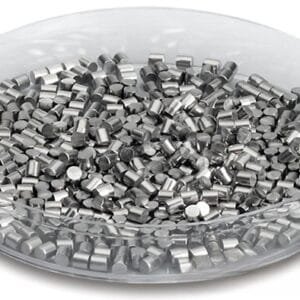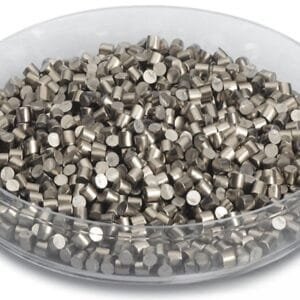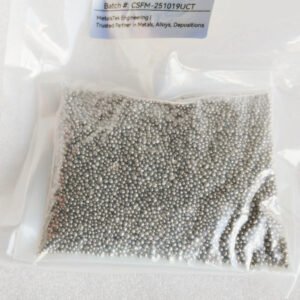Gadolinium(III) Fluoride Evaporation Materials Overview
Gadolinium(III) Fluoride (GdF3) is a specialized fluoride ceramic material utilized in evaporation processes. TFM’s Gadolinium(III) Fluoride evaporation materials are renowned for their high purity, achieving up to 99.9995% purity. This ensures exceptional quality in the deposited films across various applications. Our rigorous quality assurance processes underscore our commitment to product reliability.
Applications of Gadolinium(III) Fluoride Evaporation Materials
Gadolinium(III) Fluoride evaporation materials are integral to several deposition techniques, including semiconductor deposition, chemical vapor deposition (CVD), and physical vapor deposition (PVD). They are primarily employed in optical applications such as wear-resistant coatings, decorative finishes, and display technologies.
Packaging and Handling
Our Gadolinium(III) Fluoride materials are meticulously packaged with clear labeling to facilitate easy identification and quality control. We ensure that the materials are safeguarded against any potential damage during storage and transportation.
Contact Us
TFM offers a range of Gadolinium(III) Fluoride evaporation materials in various forms, including tablets, granules, rods, and wires. We also provide custom formulations and quantities based on your specific needs. In addition to evaporation materials, we supply evaporation sources, boats, filaments, crucibles, heaters, and e-beam crucible liners. For current pricing and inquiries about other materials, please reach out to us.


 MSDS File
MSDS File



Reviews
There are no reviews yet.